Phycology, generally referred as algology, is the study of algae, a diverse group of mostly aquatic plants that range in size from microscopic forms to shrubs or trees. The word phycology comes from the Greek word phykos, which literally means “seaweed.” They are the major producers in the food chain in most ecosystems, creating organic material from sunlight, carbon dioxide, and water. They not only provide the basic food source for these food chains, but they also provide the oxygen vital for the consumer organisms’ metabolism.
Algae
Prokaryotic and eukaryotic cells are the two types of cells found in algae. Cyanobacteria comprise prokaryotic cells that lack membrane-bound organelles (plastids, mitochondria, nuclei, Golgi bodies, and flagella). The other algae are eukaryotic, meaning they have organelles.
Best safe and secure cloud storage with password protection
Get Envato Elements, Prime Video, Hotstar and Netflix For Free
Best Money Earning Website 100$ Day
#1 Top ranking article submission website
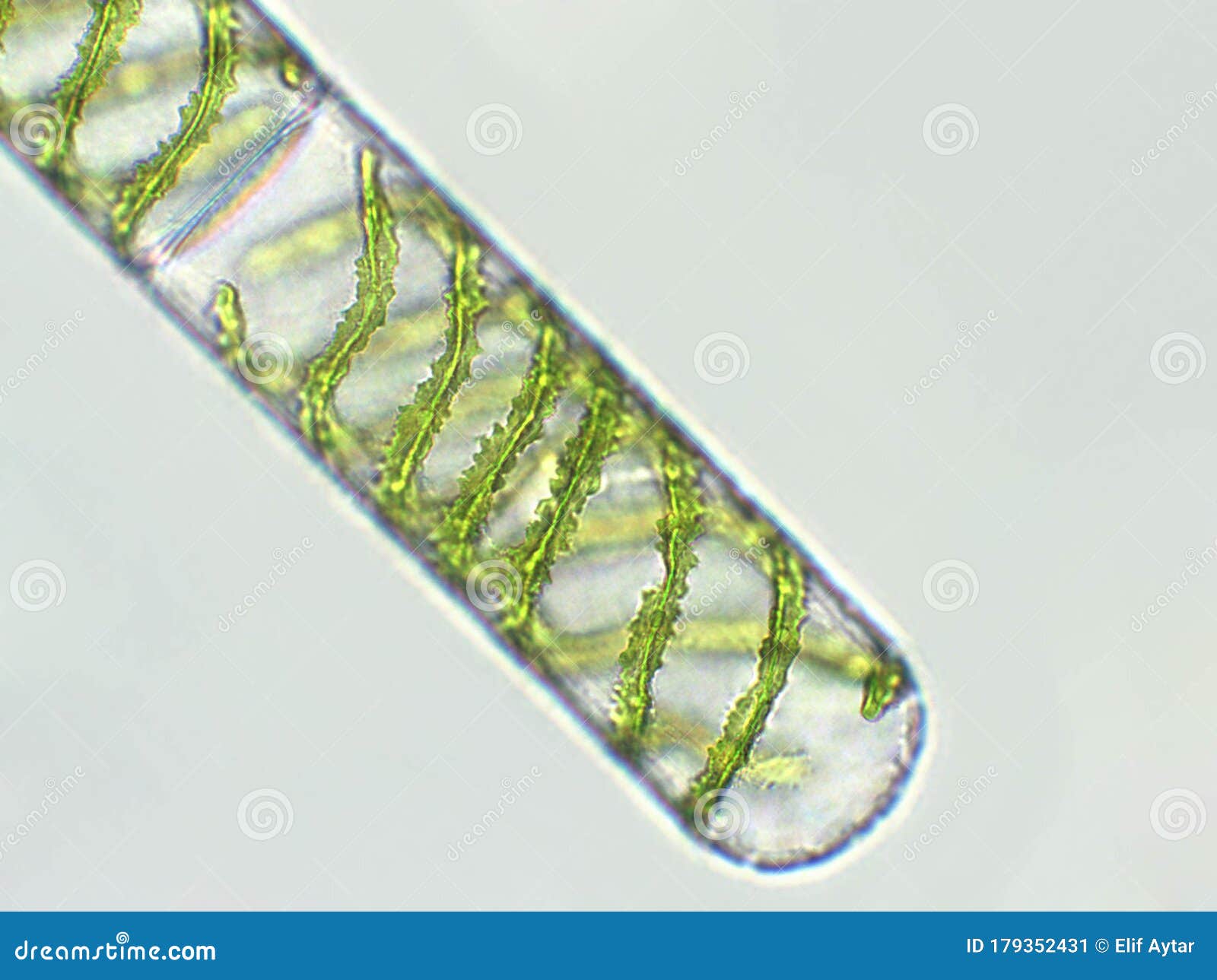
Multicellular and unicellular algae exist. They lack roots, stems, or leaves in eukaryotes, but they do have chlorophyll and other pigments for photosynthesis. Unicellular algae are most commonly seen in water, particularly in plankton. Phytoplankton is a free-floating microbial population made up mostly of unicellular algae. An alga’s eukaryotic cell possesses flagella with the “9plus2” microtubule arrangement. In mitosis, a nucleus is present, as well as several chromosomes. Chlorophyll and other pigments are found in chloroplasts, which are composed of membranes called thylakoids. The majority of algae are photoautotrophic, meaning they continue to photosynthesis. Chemoheterotrophic organisms, on the other hand, get their energy from chemical processes and their nourishment from preformed organic matter. The majority of species are saprobes, while some are parasites.
Habitat
Algae most commonly occur in water, be it freshwater, marine, or brackish. However, they can also be found in almost every other environment on Earth, from the algae growing in the snow of some American mountains to algae living in lichen associations on bare rocks, to unicellular algae in desert soils,

to algae living in hot springs.They are either free floating namely plankton or attached called benthos.
General Characteristics
- Algae are unicellular or multicellular organisms that lack a well-defined body and thus lack structures such as roots, stems, and leaves.
- True tissue differentiation is minimal in the thallus.
- Algal cells have mainly cellulosic cell walls.
- Algae are highly photosynthetic
- Algae can be found in areas with enough moisture.
- Algae are self-contained organisms, yet some can create symbiotic relationships with other living things.

- When multicellular, each cell is fertile and there is no jacket of cells, therefore the sex organs are one celled.
- Asexual and sexual reproduction are also possible in algae. Spore creation is used for asexual reproduction.
- Algae have no embryonic development.
- Plants with a characteristic generational alternation. When present in the life cycle, both gametophyte and sporophyte generations are independent.
Classification
There are four distinct groups within the algae.
- Group 1 Prokaryotic algae- Cyanophyta
- Group 2 Eukaryotic algae with chloroplasts surrounded only by the two membranes of the chloroplast envelope- Glausophyta, Rhodophyta, Chlorophyta.
- Group 3 Eukaryotic algae with chloroplasts surrounded by one membrane of chloroplast endoplasmic reticulum- Euglenophyta, Dinophyta, Apicomplexa.
- Group 4 Eukaryotic algae with chloroplasts surrounded by two membranes of chloroplast endoplasmic reticulum. -Heterokontophyta, Cryptophyta.
Ecological Importance
Algae conduct almost half of the global photosynthesis that takes place in nature. This information speaks for the necessity and importance of algae in our environment and the ecological systems.
- Photosynthesis by microscopic algae is thought to be the source of more than half of the world’s oxygen.
- They release oxygen while converting carbon dioxide to biomass.
- Algae are at the bottom of the food chain ecologically. They are the first step in the transmission of solar energy to biomass, which then moves up the food chain to the top predators. This primary production is mostly attributed to phytoplankton.
Fish and other invertebrate animals use the bigger algae as a habitat. - Algae are devoured by decomposers when they die (mostly fungi and bacteria). Decomposers devour the high-energy molecules in decaying plants, effectively remineralizing the biomass into lower-energy molecules that are utilised by other organisms in the food chain.
- Algae is ideally suited to determining whether a water body is contaminated due to a number of circumstances.
Economic importance
Algae are considered to be of highly economic importance not only for the environment but also for the industrial productions.
- Algae, particularly seaweed, is fed to a range of farm animals, and different types of algae are used to make fertilizer.

Algae culture for Nori production. Source: ALGAE WORLD NEWS - The usage of algae to aid in the healthy production of soil is critical for preventing natural processes like soil erosion.
- Nori is a leafy kind of algae that has been farmed in Japan for centuries and is high in healthful minerals and vitamins
- Agar, a form of algae, is used to make gelatin.
- Algae is used in the production of toothpaste to thicken what would otherwise be a liquid substance and turn it into a partially solid state.
- Algae such as Spirulina maxima and Chlorella vulgaris include vitamins that help with skin toning, dark circle repair, skin purification, and hair growth through curing dandruff.
Harmful effects of algae
Apart from being one of the most helpful organism algae do come with some of the drawbacks too. Such as-
- Algae’s can create challenges for water systems by producing toxins.
- Water bloom caused by blue green algae can contaminate water in high scale.

- A set of cytotoxins produced by cyanobacteria can cause abdominal pain, diarrhea which can lead to even kidney damage.
- It can destruct infrastructure and cause erosion to it.
An overview
Algae are a potential part of the plant kingdom. They possesses a great value in terms of ecological development. Also they’re used as raw materials in some industrial production as well, which makes them equally importat from the economic point of view. Though like other microorganisms or living cells they also have some disadvantages but that gets overweighed by the role it plays for the environment and in evolution.
References
- Phycology by Robert Edward Lee.
- HSC Biology- 1st paper by Dr. Md. Abul Hasan.
- What is the Economic Importance of Algae, WorldAtlas.
 Plantlet The Blogging Platform of Department of Botany, University of Dhaka
Plantlet The Blogging Platform of Department of Botany, University of Dhaka
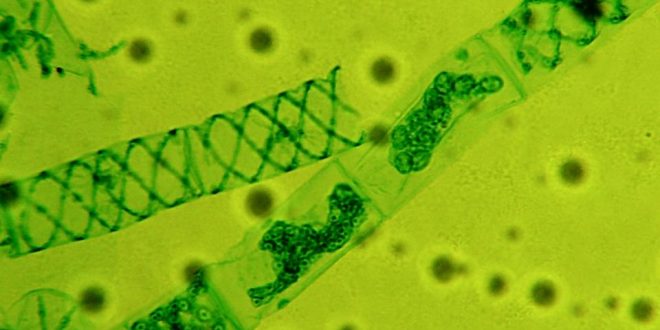

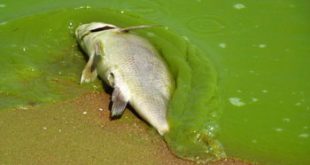
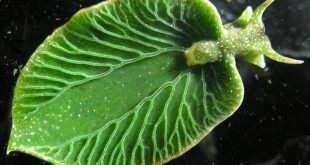
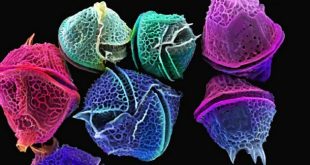
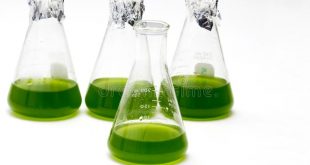
Nicely written. It looks very reader-friendly. I am mentioning some technical issues of the article here. Please, correct them accordingly. While publishing an article, always check how it looks by clicking the preview button. Here, some images are so large that the lines beside them are very short, each only contains 2-3 words (e.g. images of Nori production and structure of green algae). To avoid this problem, drag the image to make it a little bit smaller. Or, you can place the image in the middle so that no text remains in the right or left side of it. In… Read more »
Can you be more specific about the content of your article? After reading it, I still have some doubts. Hope you can help me. https://accounts.binance.com/pt-PT/register?ref=RQUR4BEO